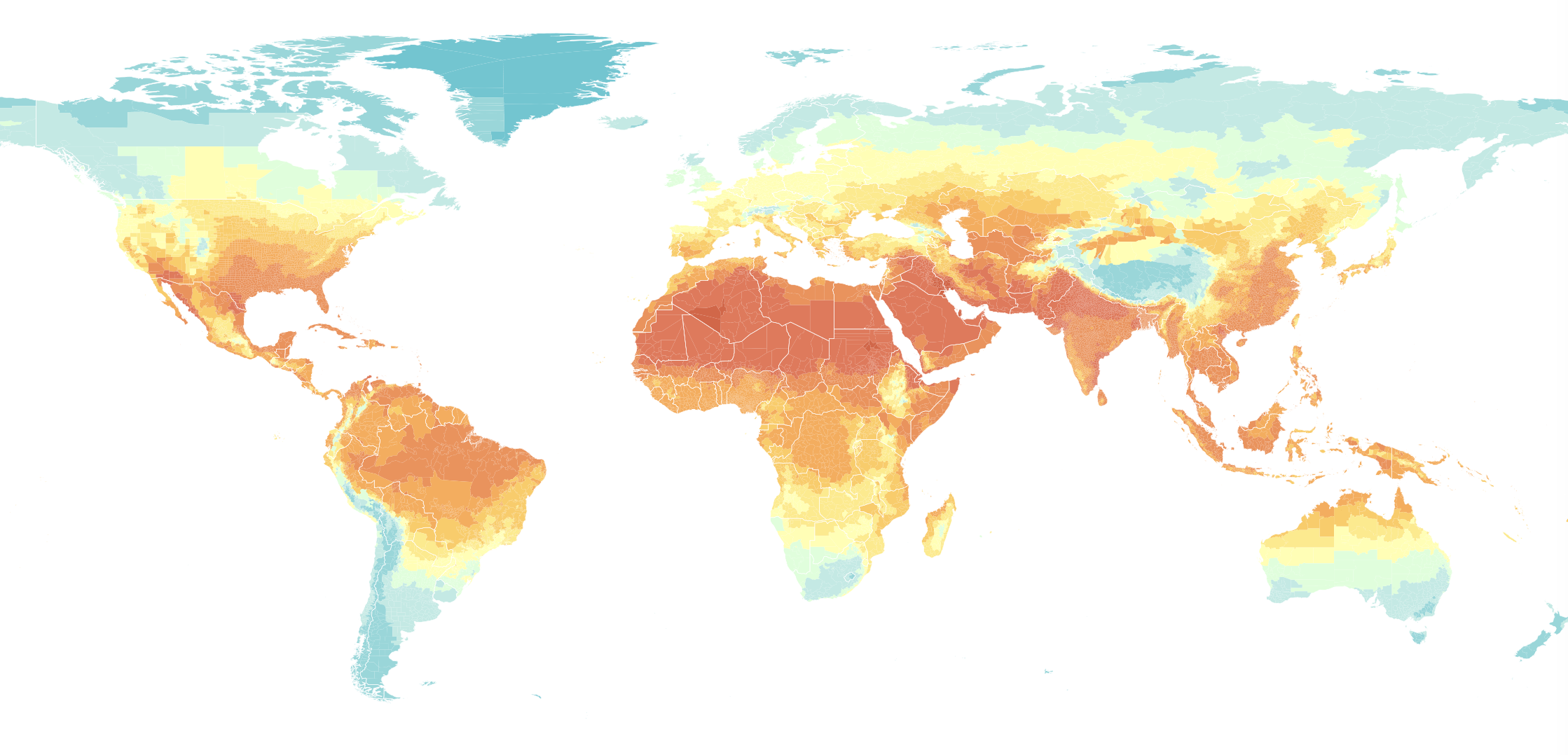In a congressional hearing convened by the US Senate Committee on the Budget, Climate Impact Lab co-founder Michael Greenstone provided expert testimony on the Lab’s research on the global mortality and health impacts of climate-driven temperature change.

Insights
Michael Greenstone Testifies on the Health Impacts of Climate Change
April 26, 2023


